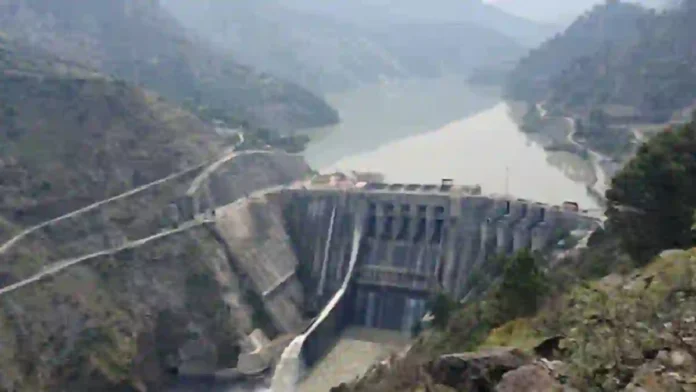India is advancing a significant water infrastructure initiative aimed at optimizing its share of the Indus river system, governed by the 1960 Indus Waters Treaty (IWT) between India and Pakistan. The central feature of this initiative is a proposed 113 km-long canal, currently at the feasibility study stage, which would divert surplus flows from the three western rivers—primarily the Chenab, but also including the Jhelum and Indus—towards the Indian states of Punjab, Haryana, and Rajasthan.
This move is designed to enhance the utilisation of India’s allocated waters under the IWT, which currently allows India to use water from the eastern rivers (Ravi, Beas, Sutlej) and up to 20% of the western rivers for non-consumptive purposes.
Read- PM Narendra Modi conferred with Cyprus highest civilian honour
Read- Pakistan has ‘assured’ it will drop nuclear bomb on Israel: Iran’s BIG claim
The canal project will link the Chenab with the Ravi-Beas-Sutlej system, integrating with 13 existing canal structures across Jammu & Kashmir, Punjab, Haryana, and Rajasthan, and ultimately feeding into the Indira Gandhi canal system.
This inter-basin transfer is expected to balance regional water availability, strengthen India’s water resilience against climate variability, and reduce excess flows into Pakistan. The government is also considering extending the canal to connect with the Yamuna river, which would increase its length to about 200 km, potentially enabling water transfer up to Gangasagar.
The plan includes the revival of the Ujh multipurpose project (a tributary of the Ravi in Kathua, Jammu & Kashmir) for hydropower, irrigation, and drinking water, and the expansion of the Ranbir canal from 60 km to 120 km to draw more water from the Chenab.
Additionally, a second Ravi-Beas link below Ujh, involving a barrage and tunnel, will be incorporated to prevent excess Ravi water from entering Pakistan.
Read- Amid Israel-Iran Conflict, India Balances Ties With Both Nations Carefully
This project comes amid heightened tensions following the April 22 Pahalgam attack in Jammu and Kashmir, after which India declared the Indus Waters Treaty would remain in abeyance until Pakistan ends its support for cross-border terrorism. The government has also accelerated new storage and run-of-river projects and is considering demanding permission to use up to 40% of the Indus basin’s water in any future renegotiations of the treaty.
According to Home Minister Amit Shah, the canal construction is expected to be completed within three years, with the goal of delivering Indus waters to Rajasthan’s Ganganagar and significantly reducing the volume of water flowing into Pakistan. The states of Delhi, Haryana, Punjab, and Rajasthan are anticipated to benefit substantially from this scheme, which is positioned as both a strategic and developmental measure.
India’s proposed 113 km-long canal and associated projects represent a strategic effort to fully utilize its share of the Indus waters, improve domestic water security, and assert greater control over transboundary water resources in the face of ongoing geopolitical and security challenges.
Based On A NDTV Report
Agencies




